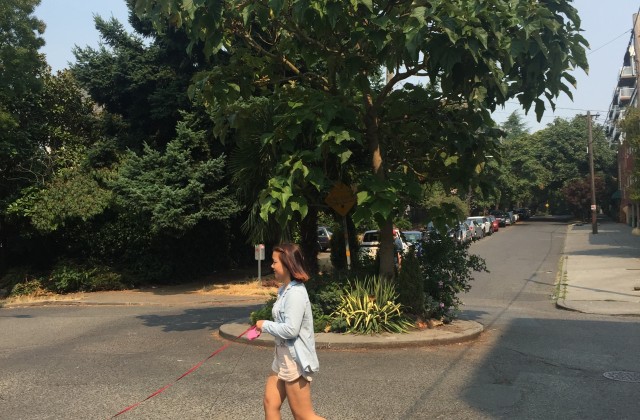HALA Needs Neighborhood Development Managers to Survive
Here’s a Facebook exchange over at City Builders about my last post about neighborhood process and the recommendations of the Mayor’s Housing Affordability and Livability Agenda (HALA) Committee in which I pointed out that the HALA Committee WAS the public process for future upzones that will create affordable housing:
-
Michael Taylor-Judd NO, the process was NOT the HALA Committee, Roger Valdez. The HALA Committee did what it was tasked to do — make recommendations. The next step in the process is for those recommendations to be communicated to the public and refined.
-
Roger Valdez Any “refinements” means possibly busting up the “Grand Bargain,” the major compromise in the HALA process. There’s not much to discuss. The upzones are clearly outlined in the agreement.
-
Michael Taylor-Judd If the members thought they were going to make 65 recommendations, and see all of them implemented with little discussion… then they weren’t very well prepped for their work.
This is a crucial phase for the HALA package of recommendations but especially for the so called “Grand Bargain.” If 30 different neighborhoods are allowed to second guess the recommendations and substantially change or attenuate them, the whole deal would likely fall apart. But can Seattle resist the urge to fuss and fret and wring its hands over the recommendations? Can Seattle’s civic leadership say the deal won’t be renegotiated neighbor by neighbor over the next two years? Is there precedent for imposing a solution?
There is. When the Growth Management Act (GMA) passed through the legislature in the late 80s it called for very specific planning for growth in cities in Washington, particularly in the State’s largest city. The solution was the comprehensive plan promulgated by Seattle’s Mayor Norm Rice. It didn’t try to renegotiate the basic principles of the GMA, that growth would happen mainly in the city not outside of it, but it offered a way to plan for that growth, the Comprehensive Plan with an Urban Village component.
This is why I’ve called for a restoration of the Neighborhood Development Manager, the crew of six people hired at the end of the last big planning process in the 1990s. The NDMs (and I worked as an NDM from the beginning of the program) had a unique role, brokering and leveraging new development for neighborhood benefit. We need this function restored at the City as soon as possible! In the 90s neighborhoods had the expectation that growth was coming, even if they didn’t want it. The question was explicitly, “what’s in it for us?” The answer was a list of neighborhood improvements facilitated aggressively by City staff committed to keeping the promises made during the planning process.
I think the NDM job was still just about the best job I ever had. I was a neighborhood planner in two different neighborhoods, and when I took on the job I was determined to get as many things done as possible. People put thousands of hours into planning and the last thing we needed was to betray that trust by putting their work on the shelf, shrugging, and doing whatever was already going to happen. The majority of neighbors will accept the upzones even if they are imposed just they way they were mapped out in the HAPA process; I know they will. But only if the statement is made clearly at the outset, “these are not up for negotiation, but we will work with you every step of the way to make these changes mean a better life for you and your family where you live.” Anything less than this will open up the recommendations and wipe out the delicate balance.




